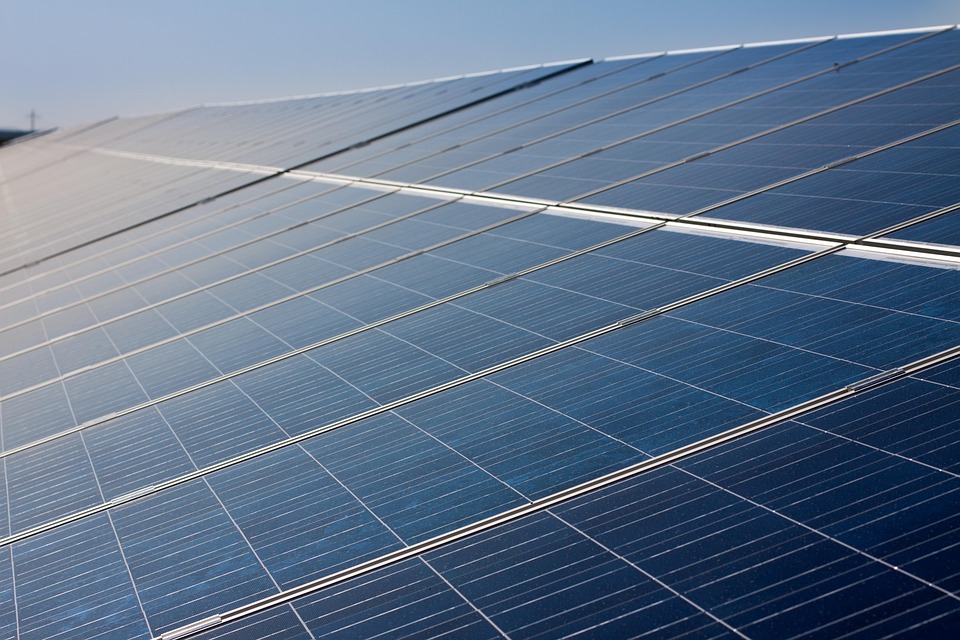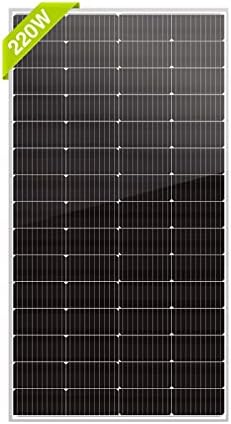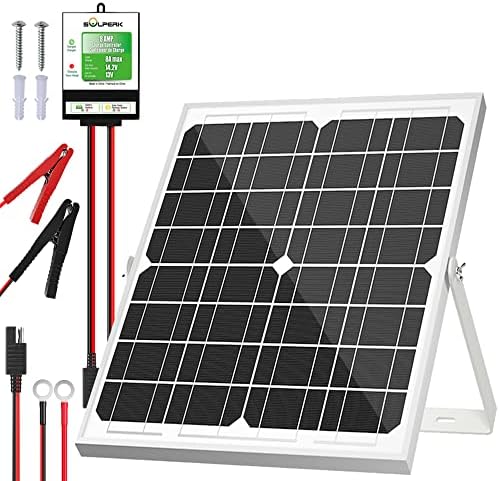# Understanding the Basics: How Do Solar Panels Actually Work?
Picture this: It was a bright morning in early spring when I first witnessed the dazzling beauty of my solar panels soaking up the sun’s rays. I’d been living off the grid for a while, and the sense of independence ignited as I watched those rectangles quietly converting sunlight into electricity. It felt like magic! Little did I know then, the science behind it was just as enchanting. Understanding how solar panels work opened a whole new world of energy possibilities for my home and me. Let’s dissect the basics of solar technology and illuminate how you can harness this renewable resource.
## What Are Solar Panels?
At their core, solar panels are devices that convert sunlight into usable electricity. They are composed of many photovoltaic (PV) cells made primarily from silicon—a remarkable element that can convert sunlight into electrical power. When sunlight hits these cells, it creates an electric field that allows electrons to flow freely, generating electricity.
### The Anatomy of Solar Panels
To truly appreciate how solar panels work, let’s take a peek at their components:
1. **Photovoltaic Cells**: These are the workhorses of solar panels. Usually made from silicon, they generate electricity when exposed to sunlight.
2. **Glass Cover**: This protects the solar cells from environmental damage but allows sunlight to penetrate.
3. **Frame**: Typically made from aluminum, it adds structural support for durability and easy installation.
4. **Back Sheet**: This layer protects the cells from moisture and provides insulation, preventing energy loss.
5. **Wiring**: Connects the cells and allows for the flow of electricity.
### How Do Photovoltaic Cells Work?
When sunlight strikes the photovoltaic cells, here’s what happens step-by-step:
1. **Absorption of Photons**: Sunlight is composed of particles called photons. When these photons hit the solar cells, they transfer their energy to the silicon atoms.
2. **Excitation of Electrons**: The energy from the photons excites the electrons in the silicon atoms, knocking them loose and allowing them to flow.
3. **Creating an Electric Current**: The movement of free electrons generates a direct current (DC). The cells are designed with positive and negative layers to create an electric field that drives these electrons in a particular direction.
4. **Inversion to AC**: The direct current flows through an inverter, which converts it to alternating current (AC)—the kind used by your home appliances.
5. **Distribution to the Grid or Battery**: Finally, the AC electricity is either used to power your home or sent back to the grid or stored in batteries for later use.
### Advantages of Solar Power
Understanding how solar panels work naturally leads us to appreciate the manifold benefits they offer:
1. **Renewable Energy Source**: Solar energy is limitless and sustainable, unlike fossil fuels which are finite and harmful to the environment.
2. **Reduction in Electricity Bills**: Keeping your energy consumption in check with solar panels can lead to significant savings on your monthly electricity bills.
3. **Environmental Impact**: Using solar energy reduces reliance on carbon-intensive energy sources, minimizing your carbon footprint.
4. **Energy Independence**: Generating your own power gives you autonomy and stability, especially in times of rising utility costs.
5. **Increased Property Value**: Homes with solar panels often have higher property values and attract more buyers.
### Common Misconceptions
While the world of solar energy can seem magical, there are several misconceptions that need debunking:
– **Myth 1**: Solar panels only work in sunny climates.
– **Reality**: While sunlight increases efficiency, solar panels can still generate electricity on cloudy or rainy days.
– **Myth 2**: Solar panels are too expensive to install.
– **Reality**: Various state and federal incentives, rebates, and financing options can significantly reduce initial installation costs.
– **Myth 3**: Solar panels require a lot of maintenance.
– **Reality**: They are fairly low-maintenance, requiring occasional cleaning and inspection.
### Pro Tips for Selecting and Maintaining Solar Panels
If you are considering solar for your home or off-grid lifestyle, here are some pro tips:
1. **Research Your Options**: Not all solar panels are created equal. Do thorough research and choose high-efficiency panels that suit your needs and budget.
2. **Consider Orientation and Angle**: The positioning of your solar panels can significantly impact efficiency. Ideally, they should face south at an angle that captures maximum sunlight throughout the day.
3. **Stay Informed About Local Incentives**: Keep an eye on government incentives and tax credits. These can help offset installation costs.
4. **Invest in Quality Inverters**: Since inverters convert DC to AC and are critical to the system’s efficiency, investing in a high-quality inverter can pay off in the long run.
5. **Schedule Regular Inspections**: Even though solar panels are low-maintenance, regular inspections can identify any issues before they become major problems.
### The Future of Solar Energy
With technology evolving at breakneck speed, the future of solar energy looks brighter than ever. Innovations in solar panel designs, including flexible panels and building-integrated photovoltaics, are paving the way for a more sustainable future. As we transition to smart grids and energy storage solutions, solar energy will play a crucial role in powering our homes and communities.
### Final Thoughts
Understanding how solar panels work is just the first step towards embracing this efficient and sustainable energy source. As solar technology continues to evolve, so too will the opportunities for harnessing the sun’s rays and transforming them into practical energy solutions. So why wait? Dive into the world of solar energy, and discover how you can illuminate your life while preserving the planet.
Harnessing the sun’s energy isn’t just a way to power your home; it’s an investment in a sustainable future. Let the warmth of the sun fuel your energy independence, and share the brilliance with the world around you!
Whether you’re looking to lower your electricity bills, reduce your carbon footprint, or simply explore the world of renewable energy, solar panels offer an exciting path forward. So get out there, embrace the sun, and let those shiny solar cells do the work for you!



